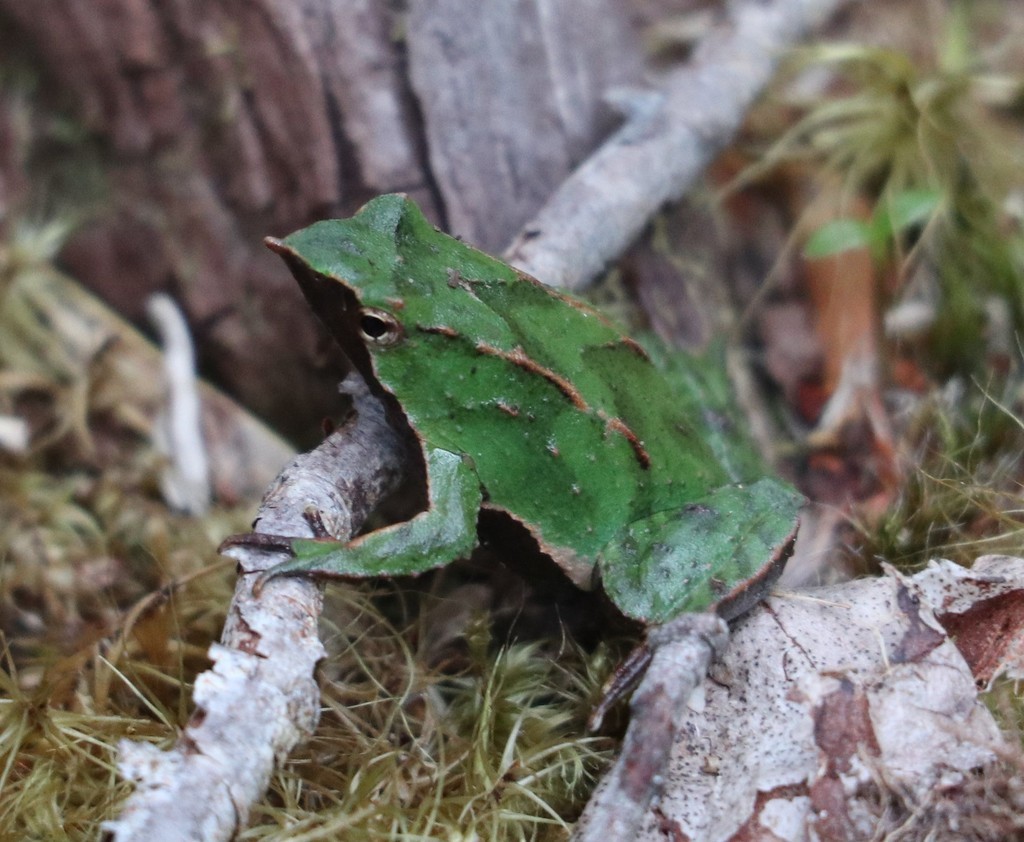Darwin's frog
A species of Rhinoderma Scientific name : Rhinoderma darwinii Genus : Rhinoderma
Darwin's frog, A species of Rhinoderma
Scientific name: Rhinoderma darwinii
Genus: Rhinoderma
Content
Description General Info
Description
Darwin's frog (Rhinoderma darwinii), also called the southern Darwin's frog is a rhinodermatid frog native to the forest streams of Chile and Argentina. It was first described by the French zoologist André Marie Constant Duméril and his assistant Gabriel Bibron in 1841, and is named after Charles Darwin, who had previously discovered it in Chile during his world voyage on HMS Beagle.
General Info
Lifespan
8-12 years
Diet
Darwin's frog primarily subsists on a diverse range of small insects. Specifically, its diet comprises ants, beetles, and spiders. The species utilizes a unique feeding mechanism called 'tongue protrusion' for foraging these preys.
Appearance
Darwin's frog is a small and compact frog, reaching only up to 3.5 cm. Its skin is smooth, boasting a rich, mottled brown color to blend with its leafy surroundings. It has distinctive disc-like suction pads on its fingers, and its most remarkable feature is its pointed, upturned snout. The males have vocal sacs that inflate into two large, baloon-like structures on the sides of their neck during vocalization, which is fairly unusual among frogs.
Behavior
Darwin's frog is a solitary amphibian with a unique vocalization system - males signal readiness to mate by a characteristic ventral pouch inflation. Its most remarkable behavior is the reproductive strategy, where males carry the fertilized eggs in his vocal sacs until tadpoles emerge. Adapted to a nocturnal lifestyle, it is primarily insectivorous, hunting small invertebrates.
Population
Decreasing
Scientific Classification
Phylum
Chordates Class
Amphibians Order
Frogs and toads Family
Button frogs Genus
Rhinoderma Species
Darwin's frog 